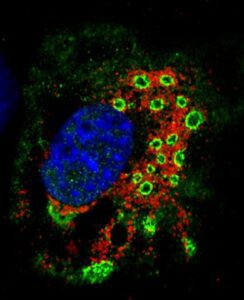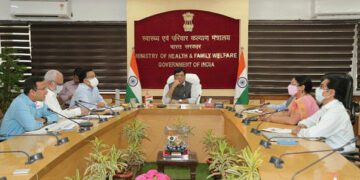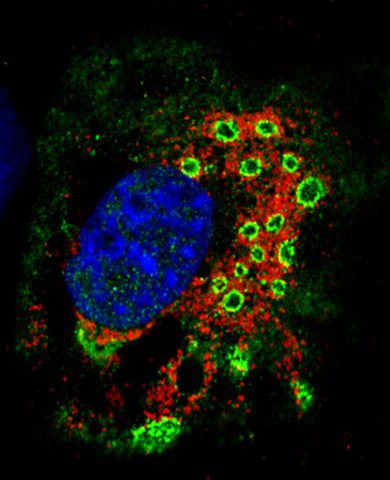Dr. Rupkatha Sen
Climate change is an inescapable reality of our era, affecting numerous facets of our existence. Factors such as temperature, relative humidity, and rainfall influence the number of viral cases transmitted. Intense precipitation events — from heavy rainfall to flooding and other extreme weather patterns — often lead to water sources becoming contaminated with pathogens, including bacteria and viruses.

Viruses like norovirus and rotavirus, responsible for stomach flu or gastroenteritis, thrive in these damp environments. Gastroenteritis, primarily caused by the aforementioned viruses, stands out as a common waterborne disease. Its symptoms encompass nausea, vomiting, diarrhea, and abdominal pain. The illness can spread swiftly in communities that consume contaminated water.
Disasters linked to climate change, like hurricanes and floods, can force people from their homes. Such displaced communities frequently end up in crowded temporary shelters with restricted access to clean water and sanitation. In these conditions, viral diseases can spread like wildfire.
Moreover, shifting temperature and rainfall patterns have made it easier for disease vectors, such as mosquitoes and ticks, to prosper and expand their territories. Consequently, the spread of diseases like dengue, Zika, and West Nile virus has surged.
Stomach flu, a form of acute viral gastroenteritis, displays symptoms ranging from nausea to fever. In severe scenarios, especially among children and the elderly, dehydration can become a significant concern, leading to hospitalization. The primary treatment involves oral rehydration, probiotics, and avoiding certain over-the-counter medications that might be detrimental.
To reduce the risk of infections, it’s wise to be cautious about food and water sources, maintain hand hygiene, and guard against common pests.
Hepatitis A and E, akin to viral gastroenteritis, may manifest with similar symptoms. Some individuals, notably pregnant women or those with weakened immunity, may face severe complications like acute liver failure from these diseases. Fortunately, vaccines against Hepatitis A & E are accessible and can be instrumental in preventing dire outcomes.
Dengue fever, transmitted by the Aedes mosquito, can lead to symptoms such as intense fever and a drop in platelet count. The best defense against dengue involves averting mosquito bites and maintaining clean environments to hinder mosquito breeding.
Furthermore, there’s a connection between climate change and respiratory diseases like H1N1. Altered global temperatures and weather patterns can impact the spread of such diseases. Notably, extreme heat and polluted air can aggravate respiratory issues, amplifying the risks for populations. Climate-induced events, like wildfires, can also displace communities, straining healthcare systems and heightening disease risks.
In essence, addressing climate change isn’t merely about safeguarding the environment. It’s a vital step in curtailing the impact of viral diseases on humanity.
The writer is Chief Intensivist – Critical Care, SRV Hospitals, Chembur
Subscribe on WhatsApp & Telegram to receive real time updates
Follow Health In Five on LinkedIn, Facebook, Twitter & Instagram








































